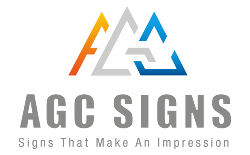Wayfinding signage plays a crucial role in helping people navigate your space with ease and confidence. Whether you're managing an office building, medical facility, retail store, or school, clear signage creates a more welcoming and efficient experience.
In this guide, we’ll share what we’ve learned about effective wayfinding signage—including why it matters, the four main types, and how to use them strategically in your space.
We've been in the custom sign industry in Ontario for over 10 years, and we'd love to share our expertise with you.
1. What Is Wayfinding Signage?
Wayfinding signage, as its name suggests, helps you find your way around a business, institution, or other physical location. It will direct you from point to point and confirm your progress along a route.
This type of signage is especially helpful for:
Office and medical buildings, hospitals
Educational and financial institutions
Tourist attractions
Restaurants and bars
Malls, retail outlets, and car dealerships
Strictly speaking, wayfinding signage is not a form of advertising or promoting; however, it does play an important role in portraying a positive company image.
If you have effective and clear wayfinding signage, your customers will feel comfortable in your building. They will also feel empowered as they will be able to find what they are looking for without having to ask for assistance.
There are four different types of wayfinding signage: identification, informational, directional, and regulatory.
2. Types of Wayfinding Signage
Identification
The most common type of wayfinding signage is identification signs. This type of sign will let your visitors know that they have arrived at their desired destination in your building.
Some examples of this type of signage include:
Door plaques telling you whose office it is
Signs that tell you what department you are in, such as customer service or accounting
Signs that point out a landmark, such as a historical or plaque.
Identification signs can also serve as a general landmark, such as a sign on the wall behind your reception desk that has your company's name and logo on it, which clearly identifies which business you are visiting.
These types of signs can be very helpful, especially if you are in a large building that has several different businesses or organizations sharing the same facility.
Identification signs need to be straightforward and uncluttered so that they can be understood in just a few seconds.
Informational
Informational signage is similar to identification signage, however, it tends to be a bit more general and will apply to the overall building.
You should place informational signs in an area where a large number of people will be able to see them, such as your lobby, waiting rooms, and entrances.
When thinking of the types of informational signs that would be necessary for your particular business, try and think about the types of questions that visitors would be asking and make your signage give clear answers to those questions.
For example, your information wayfinding signage should show you:
Where the bathrooms are
Your hours of operation
The address of your building
Where the elevators and stairs are located
If you have free WIFI
Where the cafeteria or other eating areas are
Make sure that you use symbols and language that can be easily and universally understood by everyone at a glance on your informational signage.
Directional
Directional wayfinding signage will help your customers or visitors navigate to where they want to go.
Your signage should be clear enough and placed in the appropriate location so that you almost sense that an invisible tour guide is leading you to your destination.
They need to be placed in areas where there isn't a clear traffic flow, such as when you come to a part of your building where there is more than one direction that you can take.
Types of effective directional signs include:
Plaques on a wall at each junction show you which way to turn
A company directory telling you which floor each person's office is on
Physical distancing, spacing markers, or
Even coloured lines on the floor for you to follow.
When properly implemented, directional signage makes visitors feel like they’re following a well-marked trail, without having to think too hard about it.
Regulatory
The final kind of wayfinding signage that you should include is regulatory signs. Regulatory signage focuses on the safety of your visitors as well as liability concerns.
This type of signage will set boundaries for your visitors and let them know what is acceptable and where they can and cannot go. You should make sure that your regulatory signs are prominent, clear and concise.
Some examples of regulatory signage that you could post in your facility include:
No pets allowed; No smoking
Caution! High Voltage!
Employees only; No entry beyond this point; Do not enter.
Design these signs to be clear, visible, and unambiguous. Regulatory signage should reduce risk while reinforcing your organization’s credibility.
3. Tips for Effective Wayfinding Signage
To get the most out of your signage, consider these design principles:
Keep it simple. Use short phrases, legible fonts, and universal icons. A person should understand a sign's message in just a few seconds.
Be consistent. Your signs should use the same colours, fonts, and tone throughout the entire space to reinforce clarity and professionalism.
Plan the journey. Think about your visitors’ experience from entry to exit. Start with a lobby directory, guide them with directional cues, reassure them with identification signs, and keep them safe with regulatory messages.
Think multilingual and inclusive. Where appropriate, include translations or icons for accessibility.
Use quality materials. Durable, easy-to-clean finishes will keep your signage looking fresh over time. We recommend high-contrast colours and matte finishes to prevent glare.
AGC Signs: The Best Wayfinding Signage in Ontario
You can trust AGC Signs to design, manufacture and install any type of signage you require, including your different types of wayfinding signage. Here are some of the great signage options that we offer:
Interior Signs
Storefront Signs
Backlit Signs
Development Signs
Wayfinding Signs
Pylon Signs
We have over 10 years of experience in the signage industry in Ontario and we strive to exceed industry standards by providing our clients with superior signage solutions through in-house custom design, fabrication, and installation. Contact us today for a free quote.
““I worked with AGC Signs on a signage project and was really happy with how it turned out. Rhonda took the time to explain to me how everything works and we went back and forth a few times looking at proofs. She was super helpful and I’m really happy with the quality of work I received. Would definitely recommend!””





